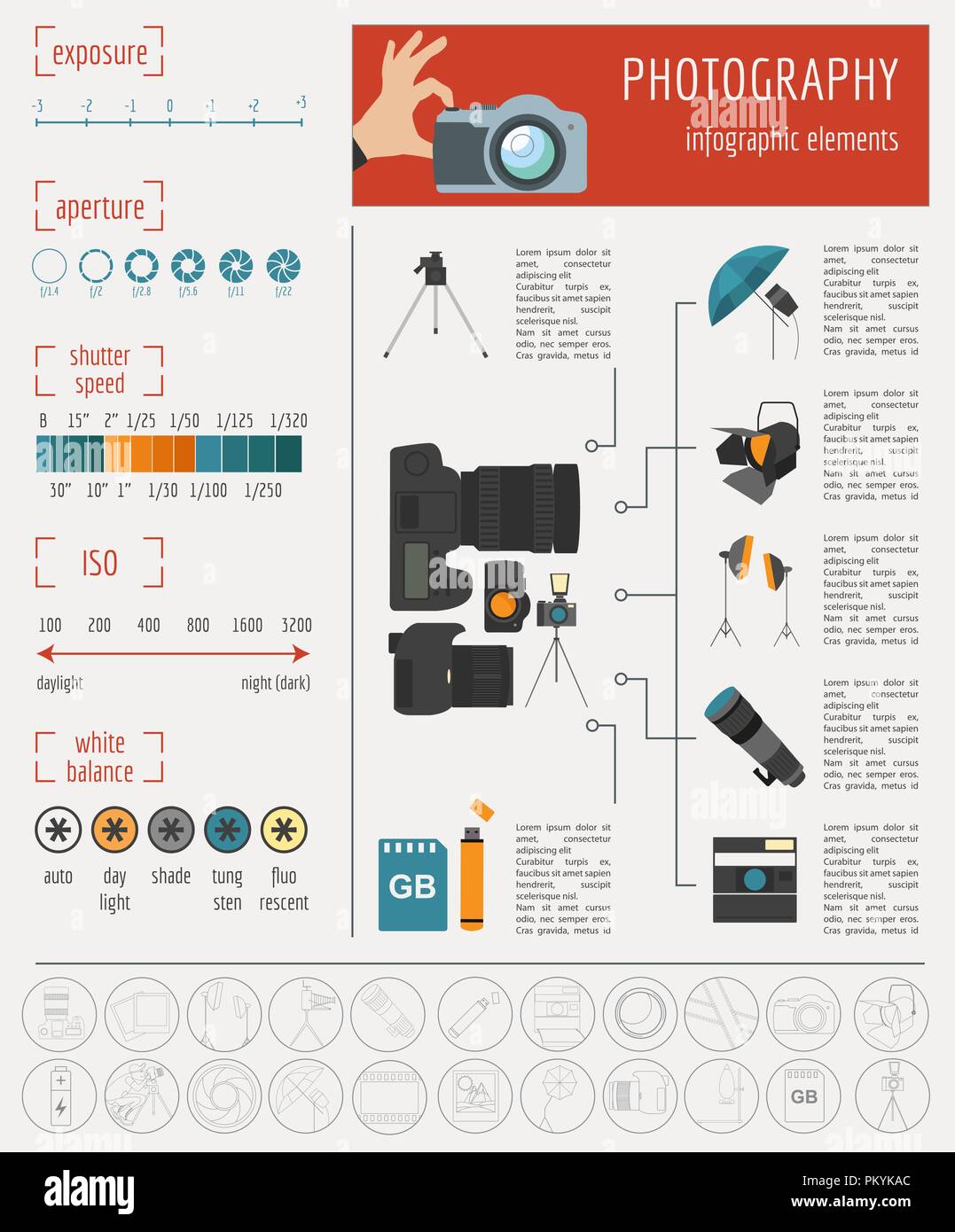Change Your Digital Photography By Mastering Lights Strategies That Can Boost Your Images-- Find The Typical Risks That Could Be Holding You Back
Change Your Digital Photography By Mastering Lights Strategies That Can Boost Your Images-- Find The Typical Risks That Could Be Holding You Back
Blog Article
Uploaded By- https://msbusiness.com/2020/03/140187/
As a professional photographer, you understand that lighting can make or damage your images. Recognizing https://writeablog.net/onita8brittni/crucial-photography-equipment-what-you-truly-required-to-get-started of both all-natural and artificial light is vital for catching the state of mind and quality you aim for in your job. Whether you're chasing the best golden hour radiance or adjust your artificial arrangements, grasping these components can elevate your digital photography considerably. But there are common pitfalls that lots of forget, and recognizing them can change your method to every shoot. Allow's explore what you might be missing out on and just how it can affect your outcomes.
Recognizing Natural Light
Understanding all-natural light is crucial for any kind of digital photographer aiming to boost their job. It's the structure of fantastic digital photography, influencing mood, tone, and quality. When you fire outdoors, take notice of the time of day. The golden hour-- soon after sunrise and prior to sunset-- supplies soft, cozy light that can change regular scenes into stunning pictures.
Don't undervalue the power of overcast days. https://telegra.ph/Transform-Your-Portrait-Photography-With-Basic-Techniques-That-Enhance-Lighting-And-Make-Up-However-What-Other-Tricks-Could-Take-01-09 diffuses sunshine, developing a soft, also light that's excellent for portraits and macro photography. You'll locate colors pop in this sort of lighting without rough darkness.
Positioning matters, as well. Always consider your topic's positioning to the source of light. If the sunlight's behind your subject, you may end up with a shape, which can be significant yet mightn't be what you desire. Conversely, direct sunlight can produce unflattering darkness.
Experiment with angles; sometimes, changing your perspective can generate outstanding outcomes. Usage natural reflectors, like water or sand, to jump light onto your topic, including dimension.
Mastering Artificial Light
Mastering man-made light is important for digital photographers who wish to take their abilities to the next degree. Whether you're making use of speedlights, studio strobes, or continual lights, understanding just how to adjust these resources can drastically enhance your pictures.
Begin by familiarizing yourself with the essentials of light top quality, instructions, and shade temperature level. Trying out different modifiers like softboxes, umbrellas, or grids to manage the soft qualities or harshness of the light.
You'll find that soft light frequently creates lovely results, while harsher light can add dramatization and deepness. Do not shy away from shadows; they can improve the three-dimensionality of your subjects.
Pay very close attention to the placement of your lights. A light positioned as well near to your topic can produce uncomplimentary outcomes, while also far away can lead to an absence of information. Make use of a light meter or your cam's histogram to ensure you're exposing appropriately.
Lastly, remember that fabricated light can be blended with ambient light for imaginative results. Stabilizing these sources may take method, but once you grasp it, your photography will really radiate.
Techniques for Different Situations
When you enter different capturing situations, adjusting your illumination methods is essential for catching the most effective images. For outdoor portraits, make use of the golden hour-- morning or late afternoon light-- to soften shadows and enhance complexion.
If it's a severe noontime sunlight, consider using a reflector to bounce light back onto your subject or seek shaded areas for a much more even direct exposure.
In low-light situations, like interior events, boost your ISO and make use of a wide aperture to let in more light. A tripod can help remove video camera shake, permitting longer exposures without blurring.
If you're shooting at night, try out off-camera flash to produce vibrant lights and deepness in your images.
For product photography, use diffused lighting to avoid extreme reflections. Softboxes or light outdoors tents can assist accomplish this result.
When photographing landscapes, think about the instructions of light and time of day, as it can considerably alter the mood of your shot.
Constantly be ready to readjust your setups and positioning based on the scenario, as flexibility is essential to grasping lights in digital photography.
Verdict
In conclusion, grasping illumination is key to raising your digital photography skills. Accept natural light's appeal during gold hour, and do not avoid experimenting with artificial light strategies. By adjusting your strategy to various situations, you'll record spectacular photos that reverberate with feeling and quality. Keep in mind, the best lights can transform a common shot into something remarkable, so maintain practicing and improving your understanding of both natural and synthetic light. Happy shooting!
